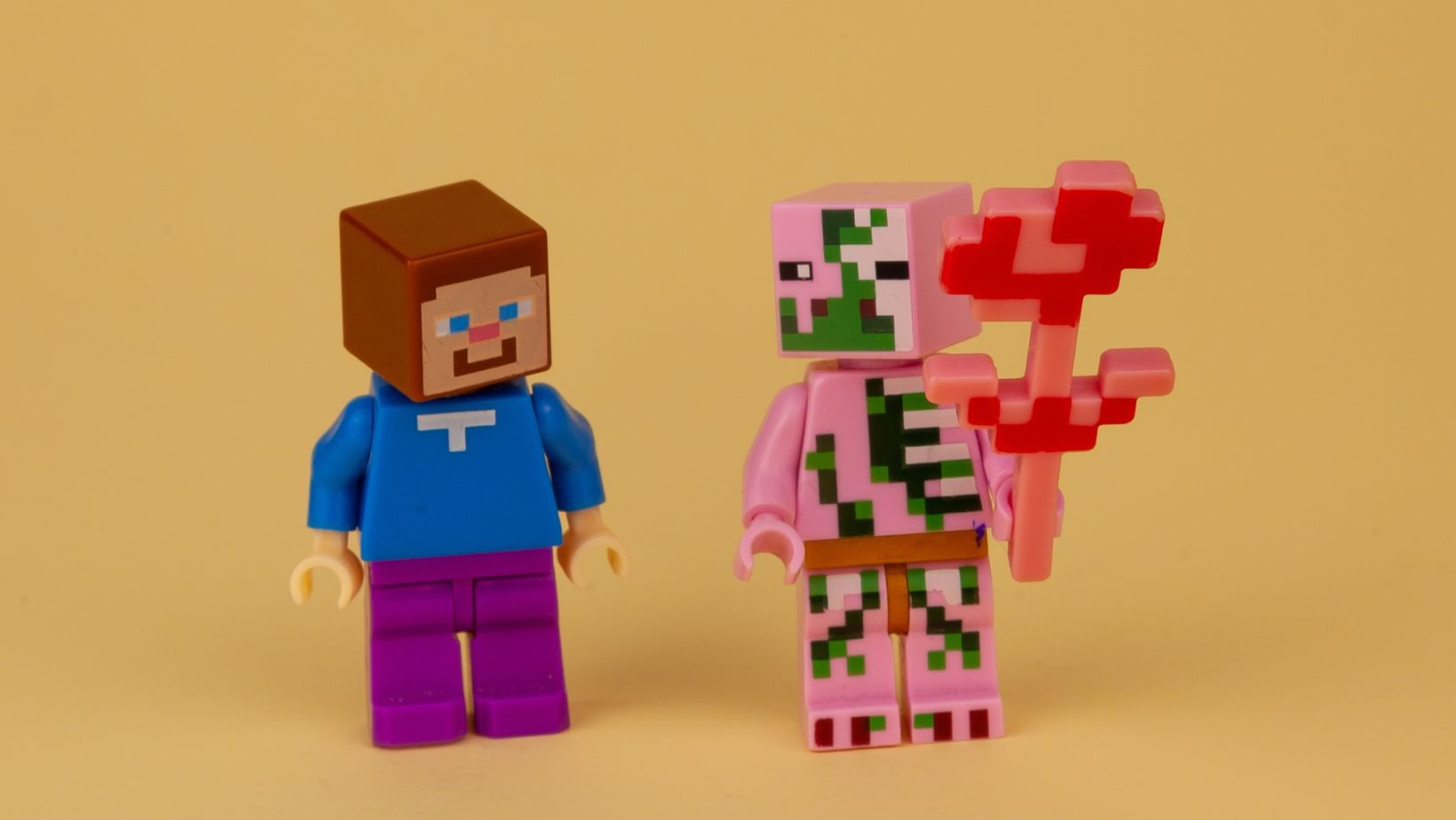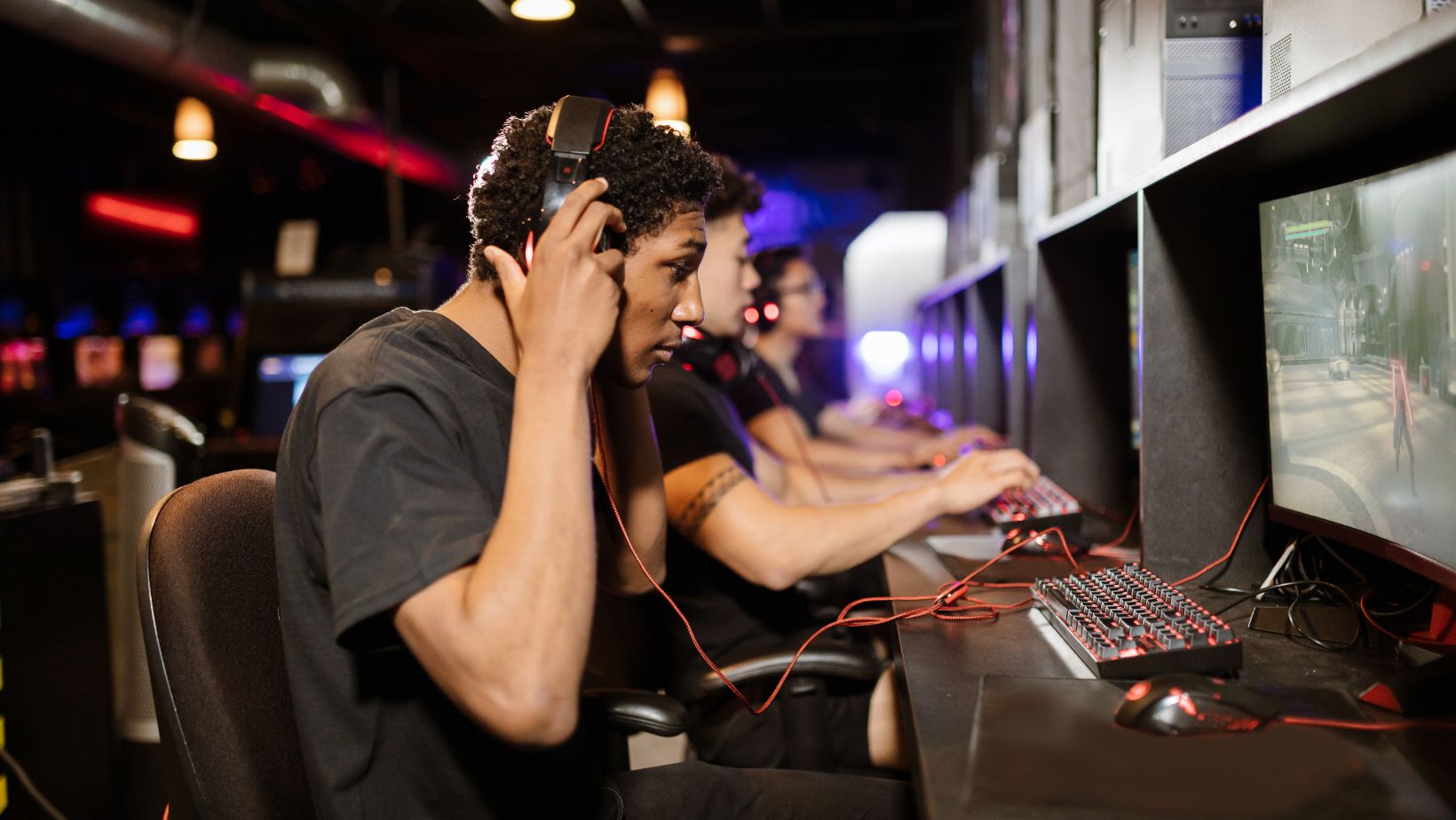Unlock the secrets of turning crypto into cold, hard cash! Your ultimate guide to transforming digital assets into real-world riches. Discover now!
From making a profit to financing your next big purchase, the reasons for converting cryptocurrency into cash are numerous. While navigating the world of crypto can be challenging, understanding how to effectively turn your digital assets into cold, hard cash can open up a realm of possibilities. In this comprehensive guide on “how to turn crypto into cash”, we’ll explore various methods for cashing out crypto, dive into the factors to consider before taking the plunge, and provide step-by-step instructions to ensure a smooth and secure conversion process.
Key Takeaways
● Choose the right method to convert crypto into cash considering factors like fees, processing times and anonymity
● Centralized exchanges offer fast and secure conversion but come with higher fees
● Use peer-to-peer platforms for flexibility & anonymity or Bitcoin ATMs for instant conversion while taking extra precautionary measures to protect yourself from scams.
Choosing The Right Method to Convert Crypto Into Cash
Deciding to cash out your cryptocurrency is just the first step. The next vital step is to choose an appropriate method that suits your needs while keeping costs at a minimum. Centralized exchanges, peer-to-peer platforms, and Bitcoin ATMs are among the most popular options to convert crypto into cash. Each method has its pros and cons, and depending on factors like transaction size, fees, and payment preferences, one may be more suitable than the other.
When comparing these methods, consider factors such as same bank account requirements, transaction fees, and processing times. Centralized exchanges like Coinbase and Binance are often the go-to choice for fast and secure conversions, but they may require identity verification and bank accounts.

On the other hand, peer-to-peer platforms like LocalBitcoins provide flexibility in payment methods and increased anonymity, but may involve more effort and time. Bitcoin ATMs offer instant crypto-to-cash conversions, but their high fees and limited availability make them less appealing for regular use. Some people prefer to play in a casino for Bitcoin and don’t exchange it for fiat currencies.
Centralized Exchanges: Fast And Secure
Centralized cryptocurrency exchanges such as Coinbase and Binance offer a streamlined and secure way to cash out your crypto assets. While these crypto exchange platforms may require identity verification and a bank account, they provide an easy-to-use interface, making them perfect for both beginners and experienced traders alike. Moreover, centralized exchanges typically present a variety of withdrawal methods, including bank deposits and debit card withdrawals, ensuring a seamless conversion process.
However, it’s necessary to take into account the fees associated with using centralized exchanges. Trading fees often range from 0% to 1.5% depending on the platform and the user’s role as a maker or taker. Keep in mind that these fees can add up, especially when cashing out large amounts of crypto. To reduce your costs, evaluate the fee structures of different centralized exchanges and choose one that suits your needs.
Peer-to-Peer Platforms: Flexibility And Anonymity
For those who value flexibility and anonymity when cashing out crypto, peer-to-peer platforms are an attractive option. Platforms like LocalBitcoins connect buyers and sellers directly, allowing users to set their own prices and choose their preferred payment methods. This direct approach can result in lower fees compared to centralized exchanges, making peer-to-peer platforms a cost-effective alternative for converting crypto into cash.
However, using peer-to-peer platforms may require more effort and time, as users need to search for potential buyers, negotiate the terms of the transaction, and verify the credibility of their trading partners. Some platforms, like LocalBitcoins, offer a rating system to help users gauge the trustworthiness of buyers and sellers. Moreover, it’s feasible to maintain anonymity on these platforms by using secure payment methods and VPNs to protect your connection.
Bitcoin ATMs: Instant Conversion With Higher Fees
Bitcoin ATMs provide an instant method to turn bitcoin into cash, enabling users to withdraw cash directly from the machine. While this option offers convenience, it comes with a few downsides. First, Bitcoin ATMs may not be as readily available as other methods for cashing out crypto, making them less accessible for users in certain locations. Secondly, the fees associated with using a Bitcoin ATM are typically higher than those on centralized exchanges or peer-to-peer platforms, with rates ranging from 5% to 20%.

Given their higher fees and limited availability, Bitcoin ATMs should generally be considered a last resort for converting crypto into cash. Centralized exchanges and peer-to-peer platforms offer more straightforward and cost-effective alternatives, with the added benefit of being accessible to a larger user base.








 Escape rooms have gained immense popularity in recent years, captivating thrill-seekers and puzzle enthusiasts alike. These interactive experiences provide a unique opportunity to immerse oneself in a thrilling adventure where time is of the essence, and teamwork is crucial. In this blog post, we delve into the fascinating world of escape rooms, uncovering the secrets behind their allure and exploring the challenges they present. Join us as we unravel the mysteries, discover the hidden clues, and experience the adrenaline rush of attempting to beat the clock and escape the room. Are you ready to embark on this exhilarating journey?
Escape rooms have gained immense popularity in recent years, captivating thrill-seekers and puzzle enthusiasts alike. These interactive experiences provide a unique opportunity to immerse oneself in a thrilling adventure where time is of the essence, and teamwork is crucial. In this blog post, we delve into the fascinating world of escape rooms, uncovering the secrets behind their allure and exploring the challenges they present. Join us as we unravel the mysteries, discover the hidden clues, and experience the adrenaline rush of attempting to beat the clock and escape the room. Are you ready to embark on this exhilarating journey?












































